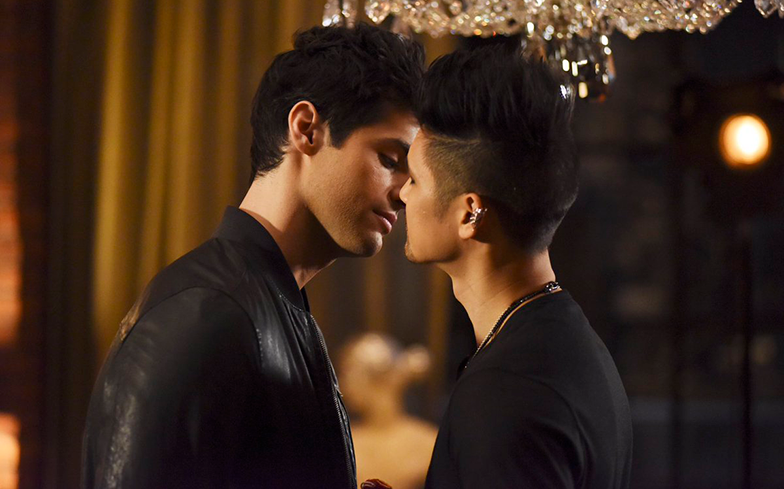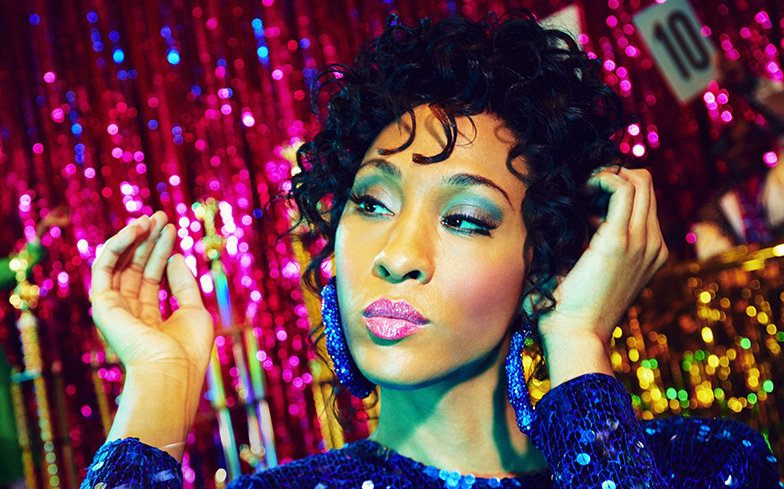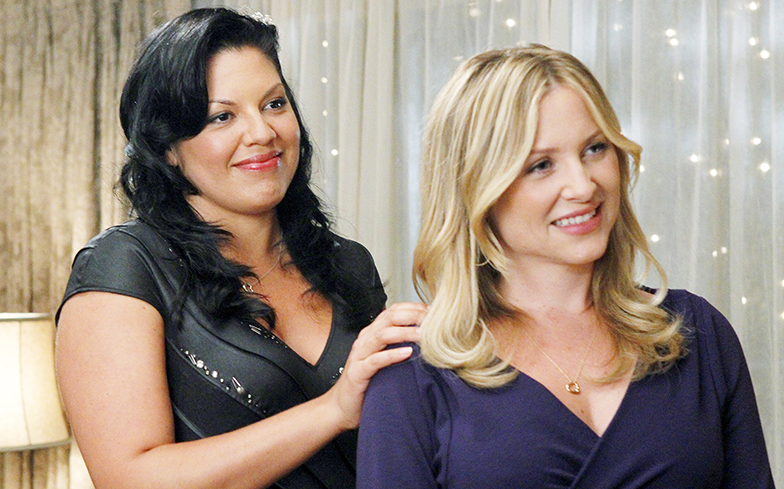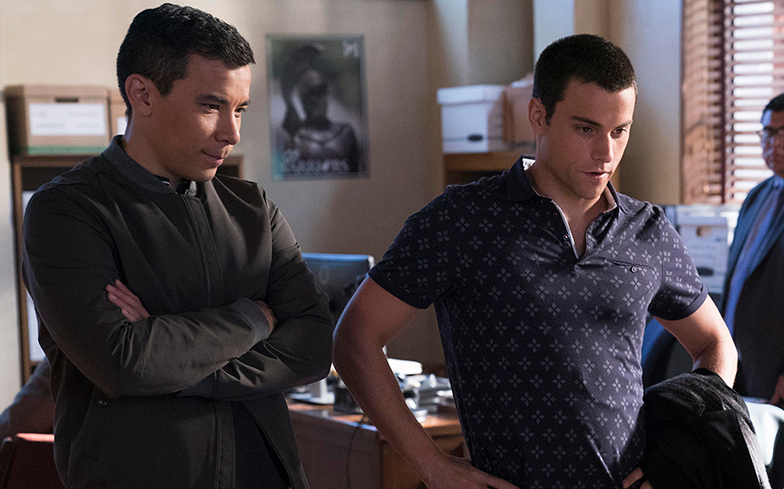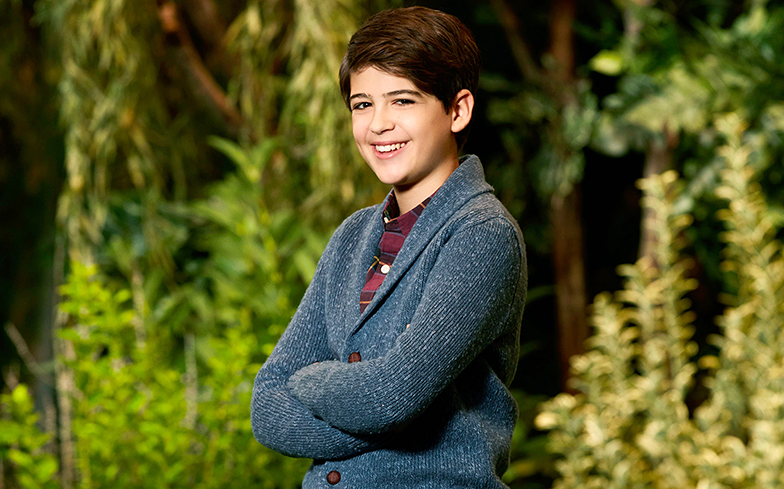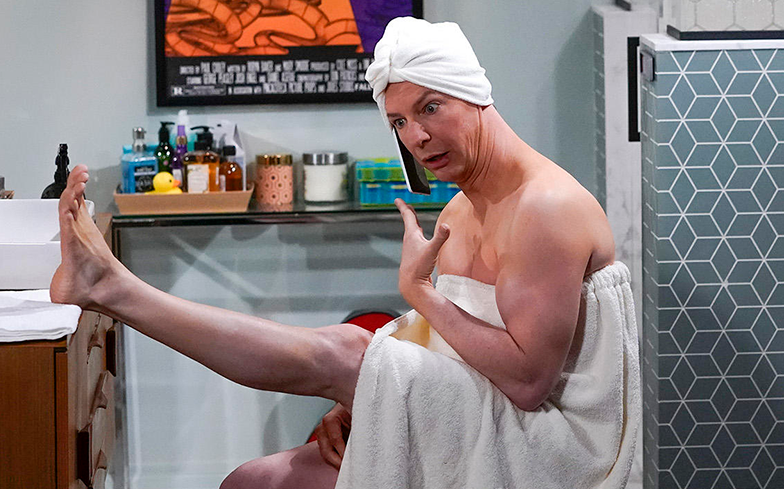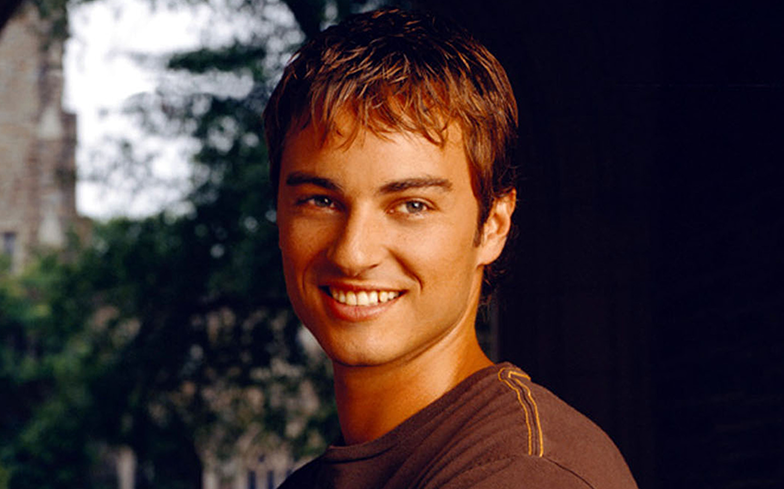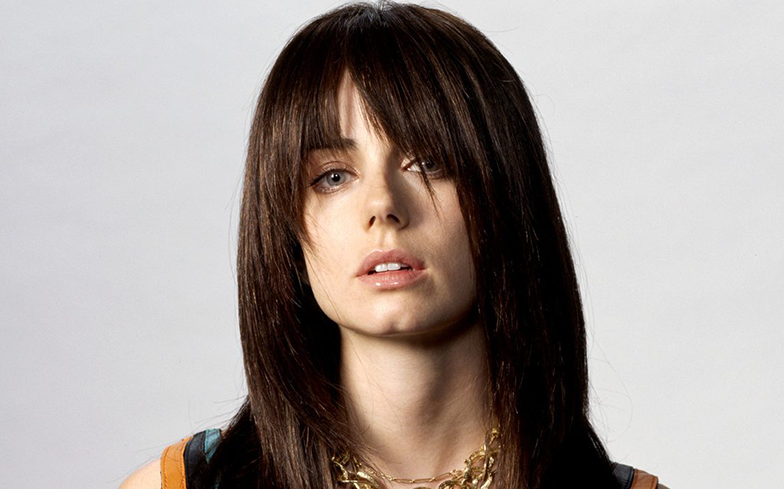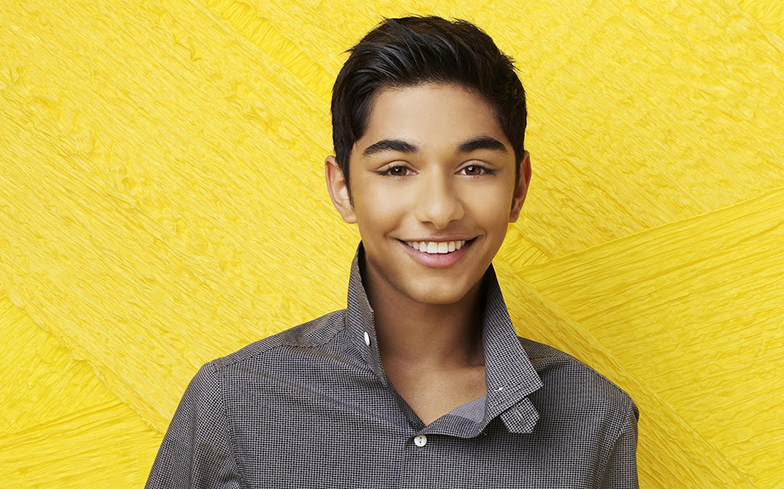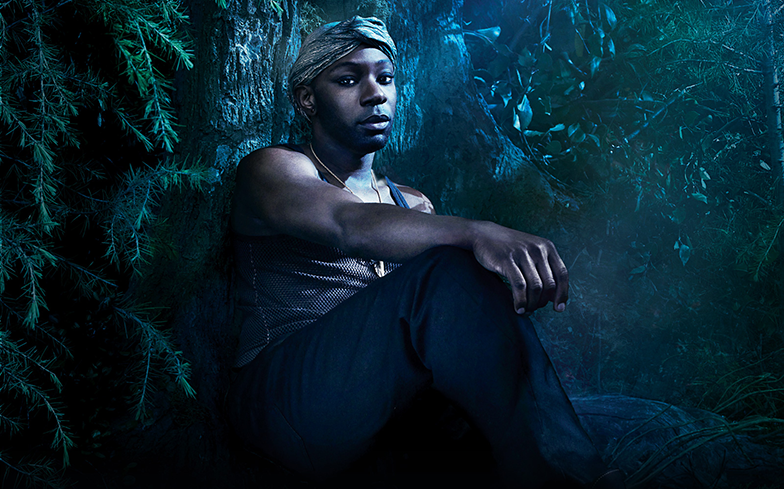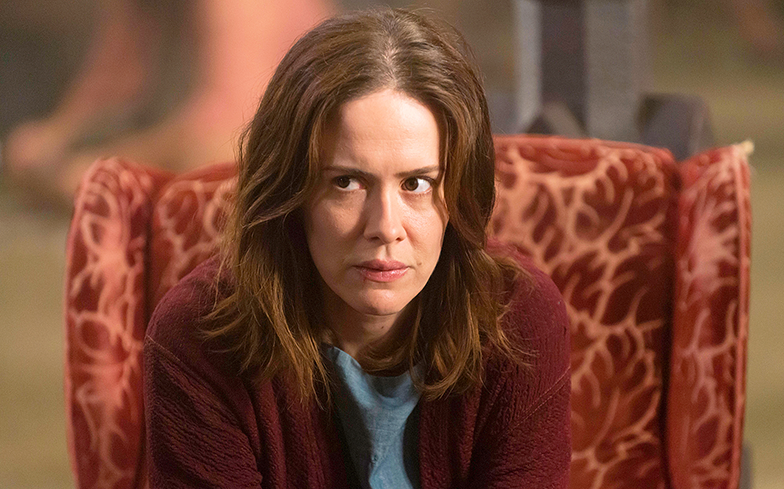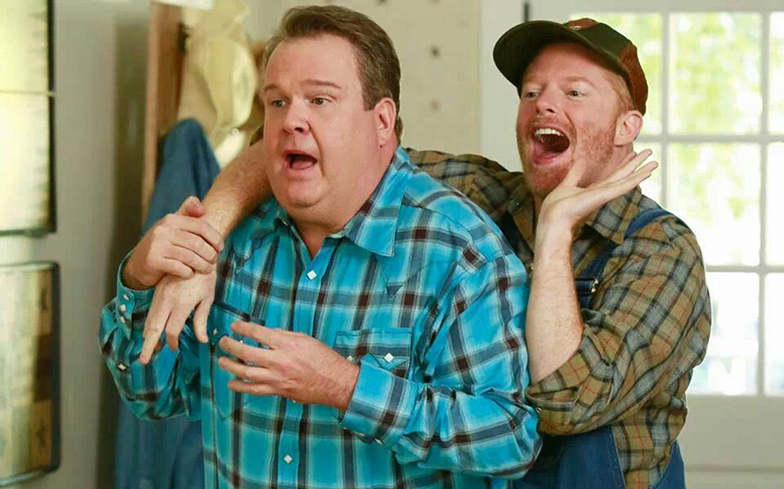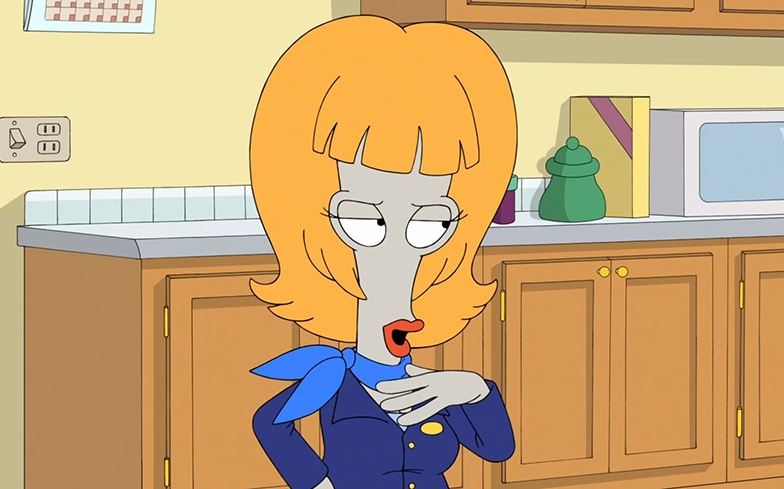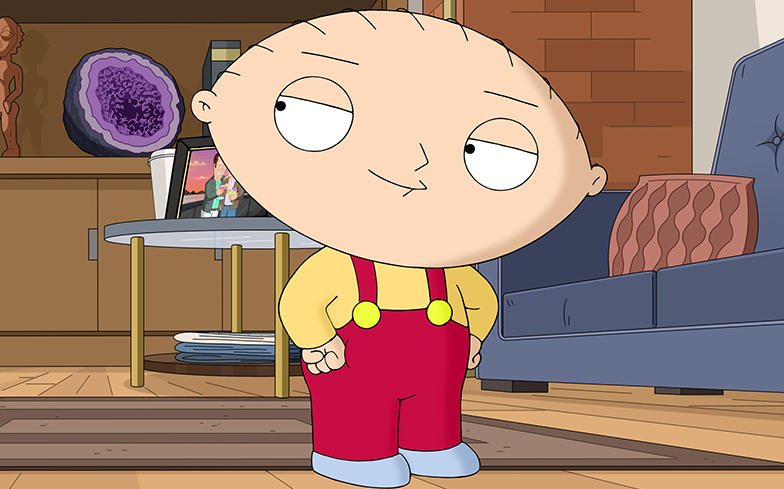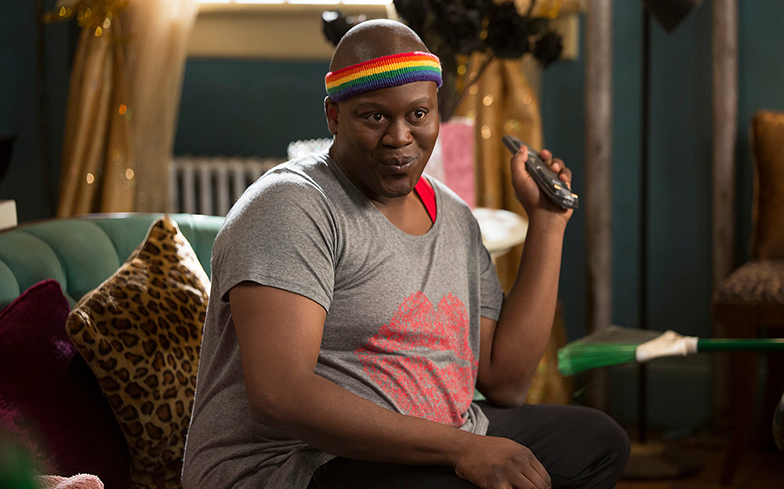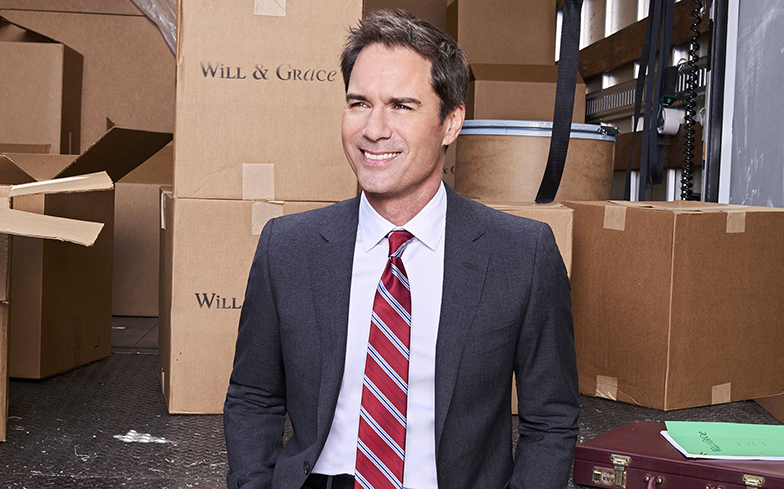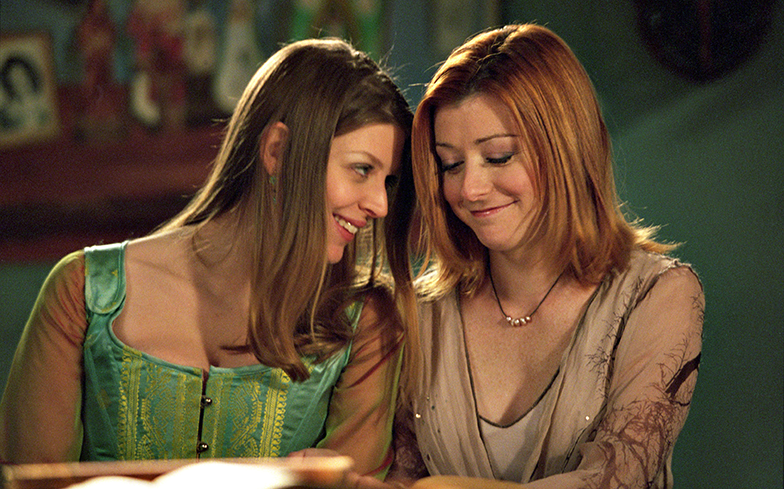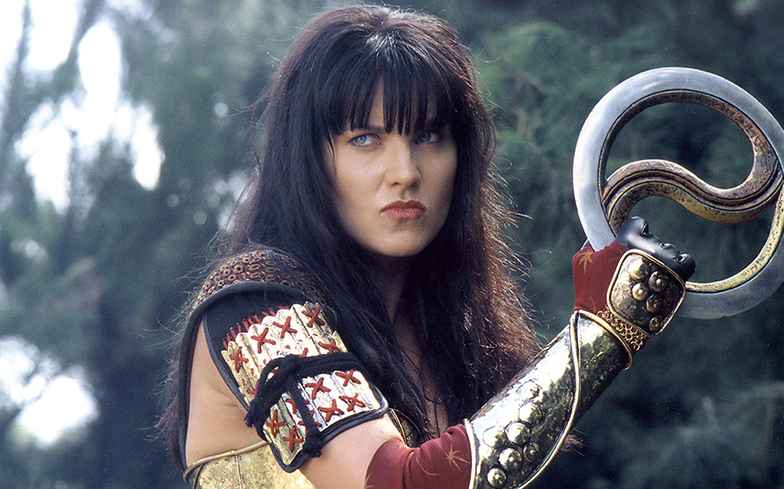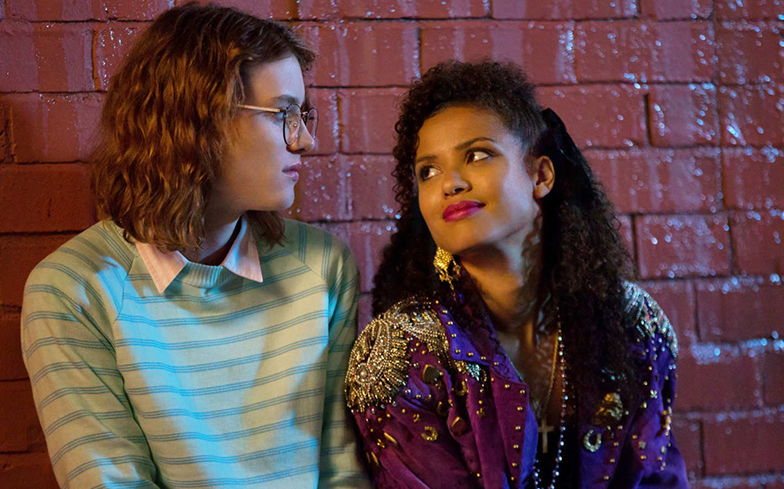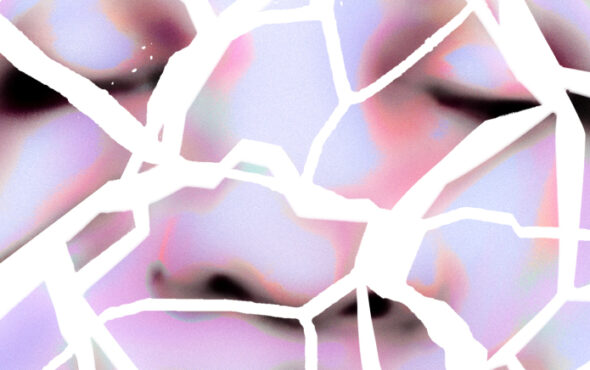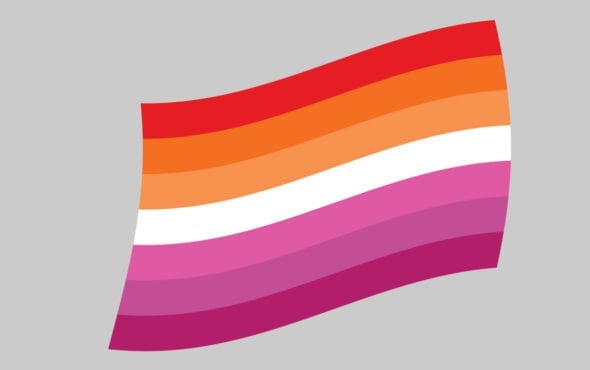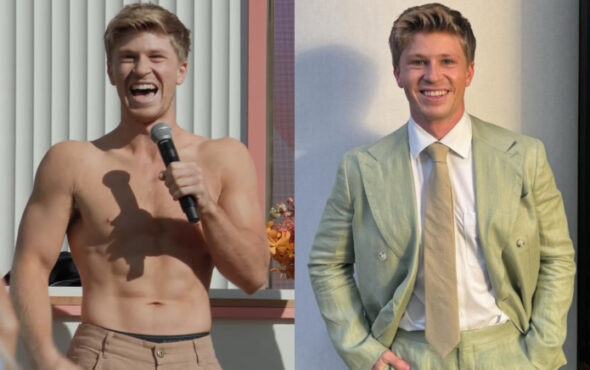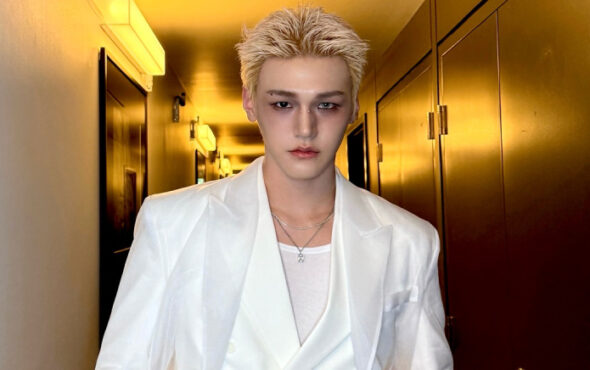
Did your favourite screen queen make the list?
Over the past decade, representation for the LGBTQ community on television has vastly improved.
A recent report from GLAAD found that the amount of queer characters on our screens has increased by over 100 to a new record, helped by Ryan Murphy’s acclaimed series Pose which featured the largest cast of LGBTQ actors in a scripted drama.
To celebrate this milestone in queer visibility, we looked back over the past three decades and rounded up the 30 most iconic LGBTQ characters in TV history, from loveable gay couple Mitchell and Cameron to trans trailblazers like Sophia Burset.
Alec Lightwood and Magnus Bane (Matthew Daddario and Harry Shum Jr) – Shadowhunters
Dubbed ‘Malec’ by the fans, this Shadowhunters romance has become one of the most championed TV relationships in recent memory, spawning thousands of (mostly erotic) fan fiction across Tumblr. Throughout the show’s run, Malec have received three Teen Choice Award nominations, while Matthew Daddario (Alec) has won two for Breakout Star and Sci-Fi/Fantasy Actor. The show was cancelled earlier this year, breaking the hearts of millions of fans who ‘ship’ the couple, which has been described as one of the most natural and realistic LGBTQ romances on air.
Anissa Pierce (Nafessa Williams) – Black Lightning
Nafessa Williams’ portrayal as Anissa Pierce has been lauded for making television history as the first black lesbian superhero. In an interview with Entertainment Weekly, Nafessa said: “I believe love is love. I’m just really grateful to tell the story for young lesbians – and black lesbians in particular – who don’t really see themselves on TV. My hope is that when you watch Anissa, a young lesbian is inspired to walk boldly as who she is and to love herself and to love herself exactly how she looks. I hope that our family on the show is an inspiration for some families just to be open and accept your children and love them. The Pierce family does a great job of doing that.”
Blanca Evangelista (M.J. Rodriguez) – Pose
When it comes to Blanca Evangelista it’s 10s across the board from us. She may have only strutted onto our television screens very recently in Ryan Murphy’s groundbreaking series Pose, but she is well on her way to iconique status in our eyes. Mother of the House of Evangelista, she keeps her queer brood in check with a firm, fair and fabulous heart, making sure they all have the love and support to achieve the opportunities she never had herself. Blanca is a true queen in all senses of the meaning. Can we get an amen up in here?
Callie Torres and Arizona Robbins (Sara Ramirez and Jessica Capshaw) – Grey’s Anatomy
Bisexual character Callie Torres has received universal acclaim ever since her introduction to Grey’s Anatomy in the show’s third season. After appearing in in 11 seasons and 239 episodes, Callie became the longest running LGBTQ character in TV history. Her relationship with Arizona Robbins was also lauded by critics, and the two became firm fan-favourites within the LGBTQ community, being frequently named as two of the most iconic lesbian characters on television.
Connor Walsh and Oliver Hampton (Jack Falahee and Conrad Wayne Ricamora) – How to Get Away with Murder
Connor and Oliver have had an on-and-off relationship since the start of the series. The former had a reputation for being a playboy, but renounced his ways after he met Oliver, who also helped him through his drug addiction. In the penultimate episode of the first season, the two got tested for STDS, and it’s eventually revealed that Oliver is HIV positive. Their relationship is quite groundbreaking because they’re an interracial couple (which we don’t see enough of) and it’s rare we see such a heavy topic addressed in a show so mainstream.
Cyrus Goodman (Joshua Rush) – Andi Mack
Disney Channel series Andi Mack made history last year when it featured its first ever openly gay character on the network. The show saw 13-year-old Cyrus Goodman admitting to his best friend Buffy that he has a crush on another guy called Jonah in school. “With more and more young people coming out as LGBTQ, Andi Mack is reflecting the lives and lived experiences of so many LGBTQ youth around the country,” said GLAAD president Sarah Kate Ellis at the time. It was undoubtedly a landmark moment for Disney and queer representation.
Ellen Morgan (Ellen Degeneres) – Ellen
Ellen – and her character – came out as gay during the fourth season of her self-titled sitcom. The episode in which she came out, The Puppy Episode, was a massive success in the ratings (42 million viewers) and garnered an enormous amount of publicity. After the episode aired, the show was renewed for one more season but was subsequently cancelled for being “too gay”. The careers of Ellen and guest star Laura Dern (who played her love interest on the show) suffered after, with the latter claiming in 2007 that she didn’t receive work for a year and a half. However, it was a historic moment in TV history, as it was the first time a main character on a show had ever come out.
Jack McFarland (Sean Hayes) – Will & Grace
Even though Jack McFarland’s character has received a mixed reception for perpetuating gay stereotypes, he’s one of the longest running and most iconic queer characters on television, appearing in ten seasons and 188 episodes of Will & Grace to date. Sean Hayes received an Emmy Award for Best Supporting Actor for his performance, and has also been nominated for a Golden Globe.
Jack McPhee (Kerr Smith) – Dawson’s Creek
Despite being originally cast to create a love triangle between Dawson and Joey, Jack McPhee ended up becoming one of the most influential characters on television. He was the first gay man to kiss another man on network TV, and was one of the only main gay characters on our screens in the 90s. It’s safe to say that Jack helped a lot us come to terms with our identity.
Jenny Schecter (Mia Kirshner) – The L Word
Mia Kirshner’s performance of The L Word villain Jenny Schecter was lauded by critics during the show’s sixth season run, even though her character received negative feedback due to her narcissism and selfishness. Despite this, her character was at the forefront of many iconic storylines, particularly when she came out and when she was murdered, with the whole final season featuring a “whodunnit” plot. The L Word, which was one of the first lesbian TV shows ever, wouldn’t be the same without her, so yeah, she’s pretty iconic.
Justin Suarez (Mark Indelicato) – Ugly Betty
Even though his character didn’t come out until the show’s fourth season, Justin Suarez was incredibly influential because he knew who he was, and he was completely unapologetic about it. He was flamboyant, he loved fashion, and he didn’t give a shit about his high school bullies. Mark Indelicato has gone on record to say that he received a lot of fan mail for his portrayal, with young gay kids ‘thanking’ him because they’d never seen themselves represented on television before.
Kurt Hummel (Chris Colfer) – Glee
In the first season of Glee, Kurt Hummel struggled with his sexual identity and his romantic feelings for Finn Hudson (Corey Monteith). Over the course of the series, he forms a power couple with Blaine Anderson (Darren Criss), the lead member of Dalton Academy Warblers, the rival team of the New Directions. Chris Colfer received praise for his role, and was awarded a Golden Globe Award for Best Supporting Actor.
Lafayette Reynolds (Nelsan Ellis) – True Blood
The late Nelsan Ellis gave one of the most fabulous performances on True Blood as Lafeyette Reynolds, the flamboyant and charismatic cook of Bon Temps’ restaurant Bellefleur’s Bar and Grill. In the novels, Lafeyette was originally killed off, but the popularity of the character led to a seven season run. His main storylines involved his relationship with Jesús Velásquez (Kevin Alejandro), a powerful trujo, and then his possession of Jesús’ inner demon when he is killed. Because he’s gay, he’s often underestimated by other characters, especially men. However, Lafeyette often shattered their perceptions by besting them in hand-to-hand combat.
Lana Winters (Sarah Paulson) – American Horror Story: Asylum
In a performance of a lifetime, Sarah Paulson portrayed Lana Winters, a strong-willed journalist who is wrongly committed to Briarcliff Manor asylum for trying to expose the mistreatment and torture that occurs there. She’s one of the strongest characters to come out of the show; not only is she working in a male-dominated field in the mid-60s, she’s also a lesbian, and has to hide her relationship for fear of repercussion. It’s no surprise that she’s a favourite among LGBTQ viewers.
Mitchell Pritchett and Cameron Tucker (Eric Stonestreet and Jesse Tyler Ferguson) – Modern Family
Modern Family has been one of the most popular comedies of the decade, and its two characters, Mitchell Pritchett and Cameron Tucker – who have appeared in all ten seasons of the show – have received overwhelmingly positive reviews. Jesse Tyler Ferguson has earned five Emmy nominations for his portrayal, while Eric Stonestreet has won two for Outstanding Supporting Actor.
Piper Chapman (Taylor Schilling) – Orange is the New Black
Piper Chapman isn’t the most popular character on Orange is the New Black. Like, at all. However, she’s the face of the Emmy Award winning series, and her relationship with Alex Vause (Laura Prepon) has remained a focal point throughout its seven season run. The series has remained hugely popular since its debut, boasting the honour of being the most watched Netflix original series in history, and for many, Piper is the first bisexual female lead character they’ll have seen on their TV screens.
Roger Smith (Seth MacFarlane) – American Dad
Roger Smith is the most iconic character in any adult sitcom. It’s not up for debate. He’s an androgynous, pansexual, selfish space alien who often inflicts his sadistic antics upon the Smith household, but we can’t help but fall in love with him anyway. Our favourite moments include: when he tells Steve he’s adopted because he stole his cookie; when his alter-ego puts out a hit on himself; and when he recreates Madonna’s Papa Don’t Preach video. He is an LGBTQ icon.
Sophia Burset (Laverne Cox) – Orange is the New Black
Laverne Cox’s groundbreaking portrayal of prison inmate Sophia Burset led to the American actress being nominated for an Emmy, making her the first transgender person to be nominated for such an award. Throughout her run on the series, Sophia struggles with being denied her hormones and is convinced it’s on the basis of discrimination. She’s also put in the SHU for “protection” against other inmates, and has her wig confiscated. For those who have little knowledge of the transgender experience and the discrimination they face, it’s an eye-opener.
Stewie Griffin (Seth MacFarlane) – Family Guy
Stewie Griffin is an eccentric and flamboyant one-year-old hellbent on world destruction (and to kill his mother Lois). His sexuality is ambiguous throughout the series – expressing attraction for both men and women – and is shown at one point to have a muscular man on his phone screensaver. We can all relate. Seth MacFarlane originally outlined an episode in which the fan-favourite character came out, but he scrapped it, but later admitted that Stewie is “almost certainly gay”.
Titus Andromedon (Tituss Burgess) – Unbreakable Kimmy Schmidt
Born Ronald Wilkerson, Titus Andromedon stayed in the closet all throughout his high school years (being named prom king) up until his wedding day to childhood friend Vonda Jeanne Brooks. Shortly after, he travelled to NYC under his new fabulous name, and aspired to become a performer on Broadway. Tituss Burgess has received universal acclaim for his performance, earning four consecutive Emmy Awards for Outstanding Supporting Actor.
Will Truman (Eric McCormack) – Will & Grace
Like Jack McFarland, Will Truman has appeared in all ten seasons of Will & Grace. He’s undeniably one of the most popular gay characters in TV history, and showed audiences that gay people could be multi-faceted. He’s kind, generous, but also self-involved and insecure. We could all relate to his character in some way or another, especially his complicated relationship with his sexuality. During the show’s original eight season run, he was criticised for being straight-washed to be more appealing to heterosexual viewers. Nevertheless, Eric McCormack earned an Emmy for his performance, with an additional four nominations and six nods at the Golden Globes.
Willow Rosenberg and Tara Macclay – Buffy the Vampire Slayer
Willow Rosenberg and Tara Macclay were one of the first lesbian couples on television, and their relationship was undeniably the most positive romance throughout the whole seven season run of Buffy. Tara’s death in the show’s sixth cycle led to widespread backlash among fans, who accused creator Joss Whedon of being homophobic (so stupid). Her murder at the hands of Warren Mears (Adam Busch) resulted in Willow’s iconic Dark Phoenix story arc, which led to her flaying Tara’s murderer alive and attempting to destroy the world. In the seventh season, Willow rebounds with the irritating potential slayer Kennedy (Iyari Limon), and their love scene became the first lesbian sex scene on network television. Shame it wasn’t with Tara, but still.
Xena – Xena: Warrior Princess
Xena wasn’t explicitly gay. However, her relationship with Gabrielle (Renee O’Connor) was alluded to during the whole series, with the LGBTQ community embracing them both as lesbian icons. In an interview with Lesbian News magazine, Lucy Lawless said their relationship was ‘definitely gay’. She explained: “It wasn’t just that Xena was bisexual and kinda liked her gal pal and they kind of fooled around sometimes, it was ‘Nope, they’re married, man.'”
Yorkie and Kelly – Black Mirror: San Junipero
San Junipero may have only been one episode, but the impact of Yorkie and Kelly’s relationship cannot be denied. The episode was critically-acclaimed for the chemistry between its two leads, and for the surprisingly uplifting tone in a series usually plagued by tragedy. It won two Emmy Awards in the Television Movie and Writing for a Limited Series, Movie, or Dramatic Special categories, and is often regarded as one of the finest episodes in television history.
